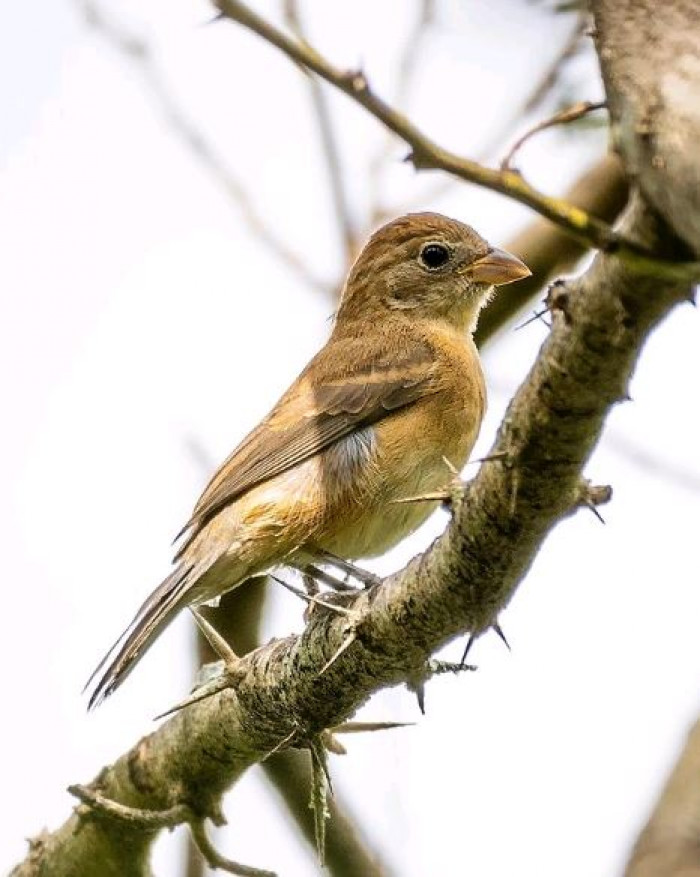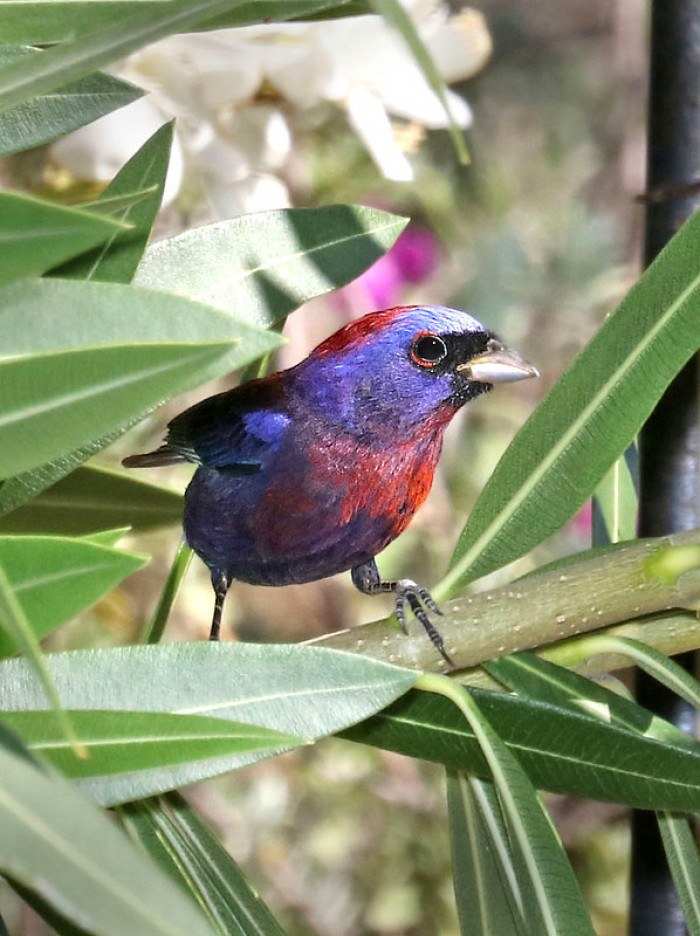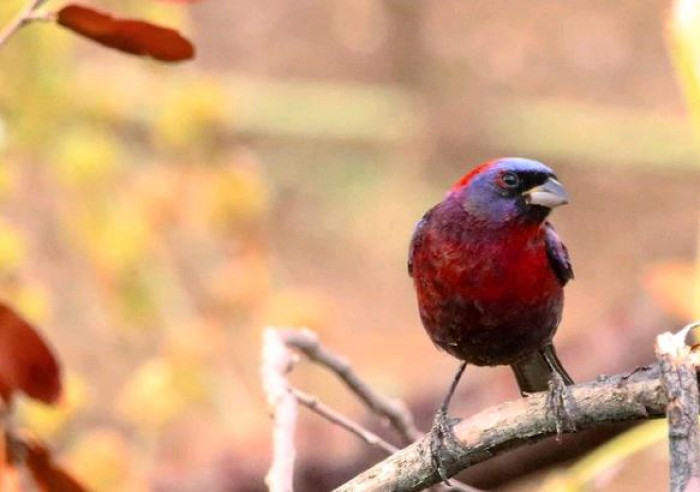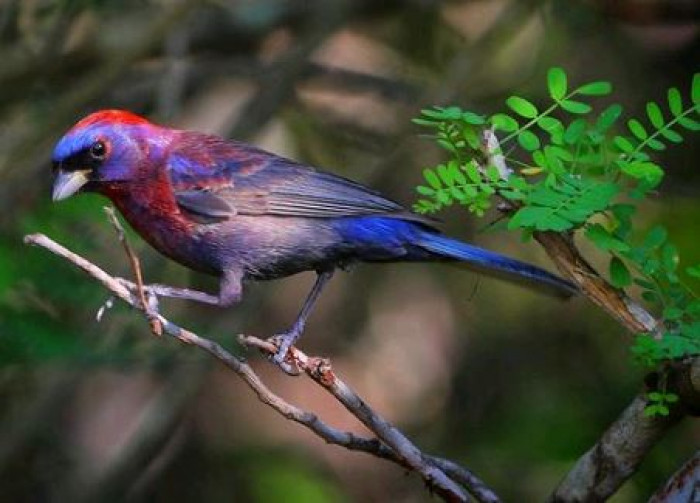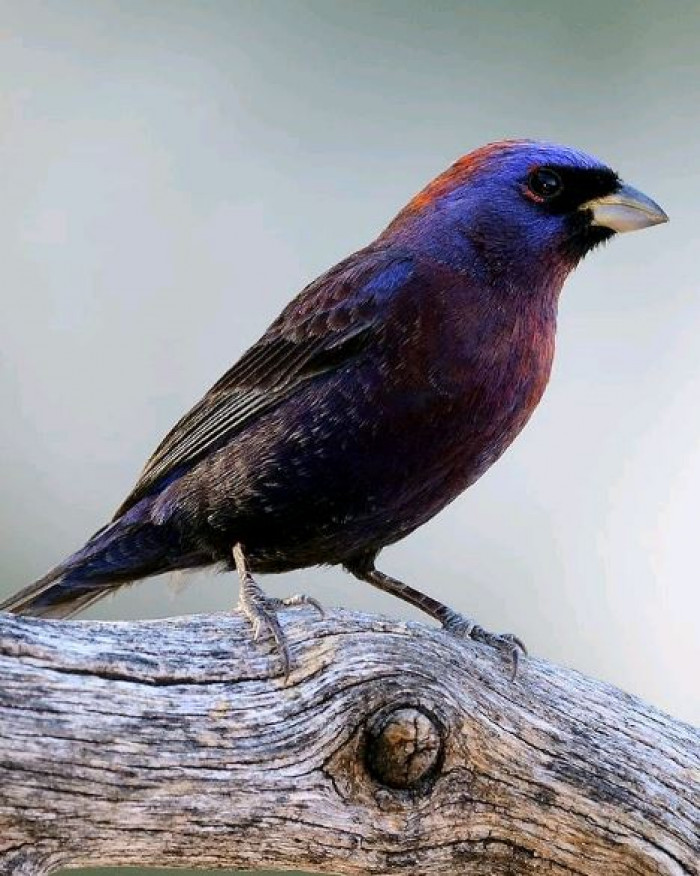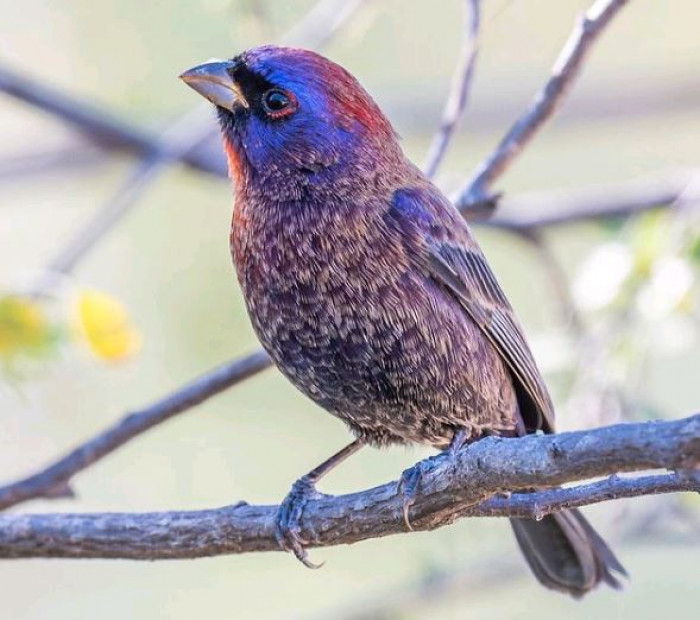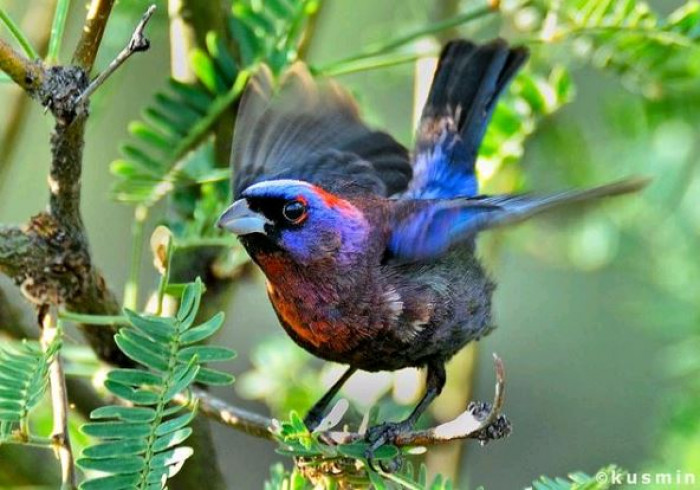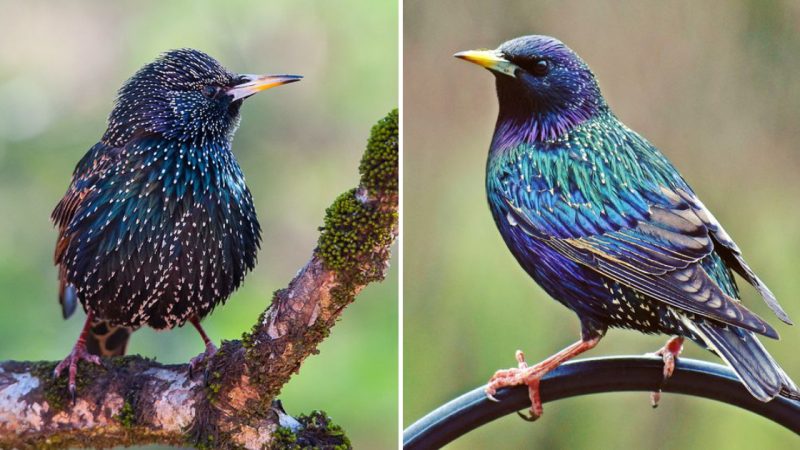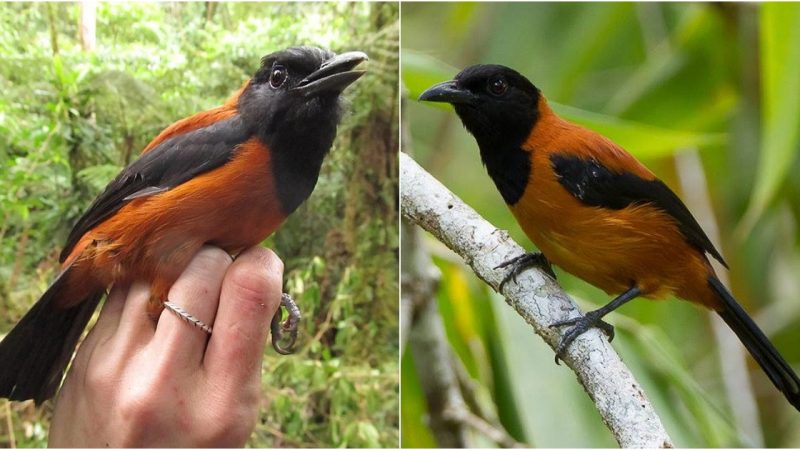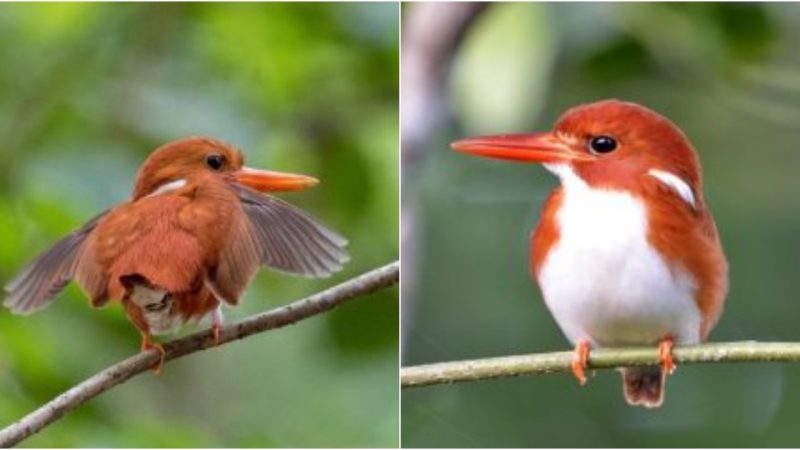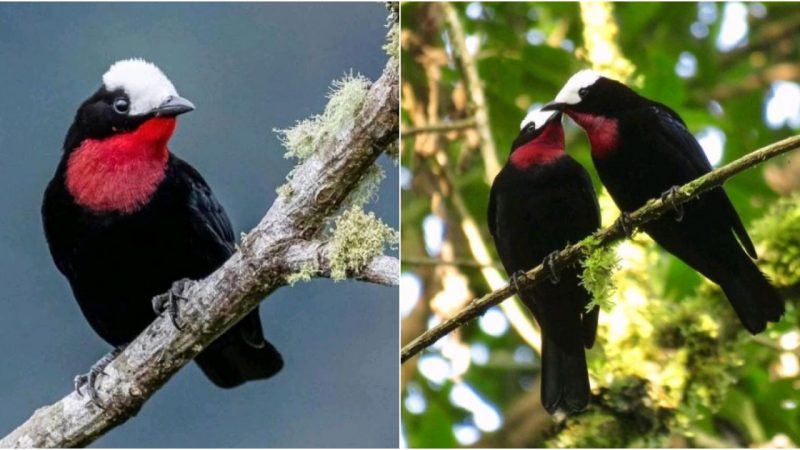Astonishing Beauty: The Varied Bunting’s Captivating Blend of Crimson and Lavender
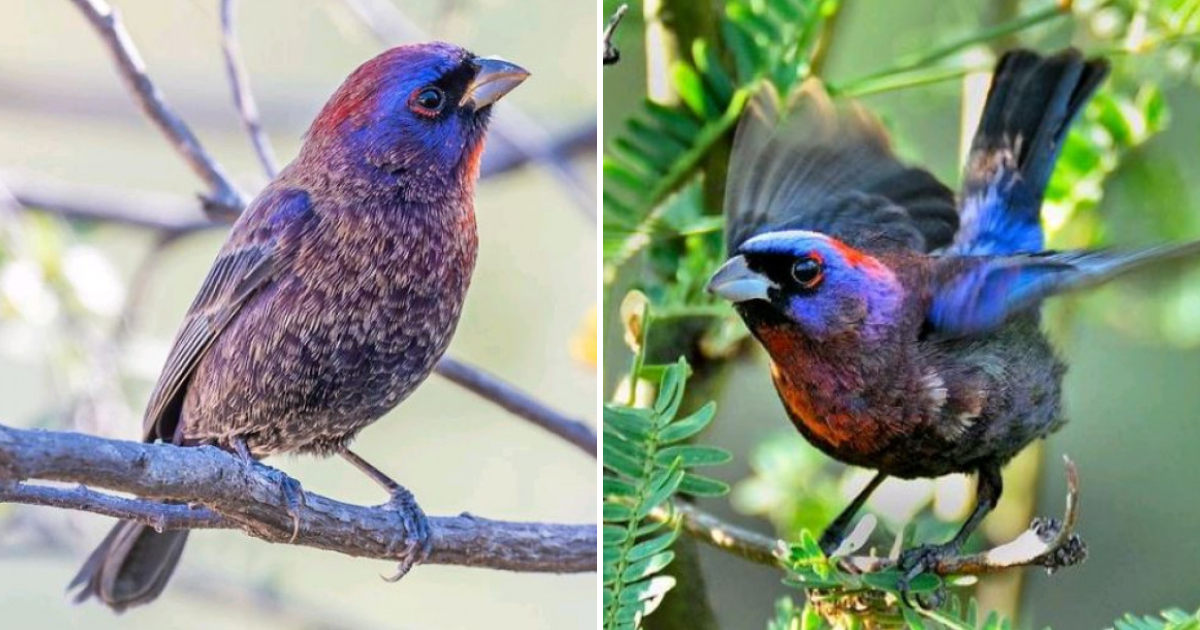
With its exquisite plumage, the varied bunting (Passerina versicolor) possesses a coloring that could captivate the attention of any fashion designer. However, this bird remains humble and prefers to hide in desert scrubs, revealing its magnificence only to those fortunate enough to encounter it.
Belonging to the cardinal Cardinalidae family, the varied bunting is a songbird characterized by its compact body and remarkably short tail, measuring only 4.3 to 5.5 inches in length for males.
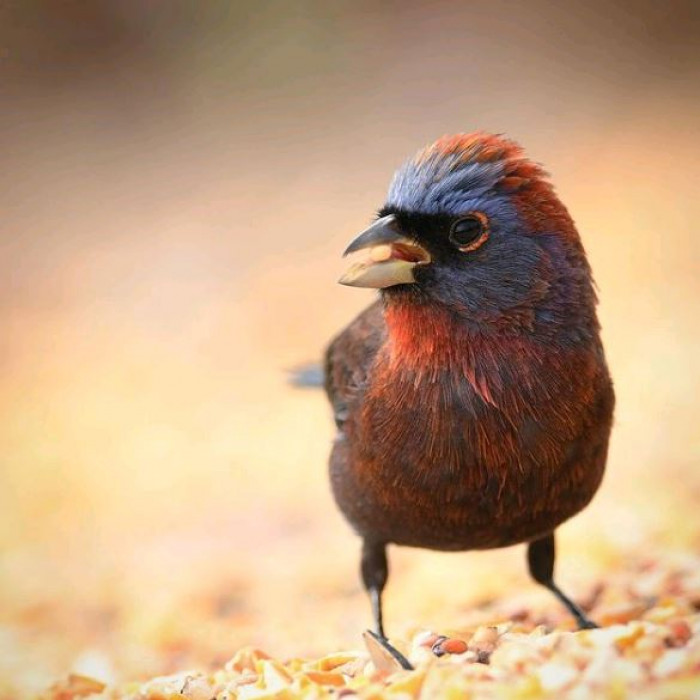
The males display a stunning mosaic of vibrant hues, including rich plum, crimson, lavender, violet, cherry red, and blue. As the seasons transition to fall, their colors gradually shift towards shades of brown. In contrast, females and young ones exhibit a lighter to chestnut brown appearance adorned with white speckles.
While the majority of varied buntings inhabit Mexico, they occasionally venture across the US border and can be observed in regions along the southern border, such as New Mexico, Texas, and Arizona.
These birds thrive in habitats abundant with shrubs and bushes, often found on steep slopes. Riparian areas and desert washes are particularly favored locations for them.
The varied bunting’s diet primarily consists of insects, although they also supplement their meals with fruit and any available seeds. Breeding season typically begins in late May, extending into early June, although some individuals may delay nesting until the arrival of summer rains in July or August.
Their nests are meticulously constructed in cup-shaped structures using grass intertwined with spider webs, secured within the branches of thorny scrub. These nests are typically positioned near water sources.
Female varied buntings lay two to five blue-white eggs, which they diligently incubate for approximately two weeks. Within a mere ten days, the young chicks develop full feathers and depart the nest shortly thereafter.
In addition to facing the challenges of survival in their natural environment, varied buntings also contend with the threats posed by cowbird attacks. However, these attacks are not physical assaults but rather deceitful maneuvers. Cowbirds are parasitic birds that reproduce by laying their eggs in the nests of other bird species.
The cowbirds closely monitor unsuspecting varied bunting pairs, patiently waiting for an opportune moment when the nest is unguarded. Seizing the chance, they surreptitiously deposit their own eggs within the nest. While some birds detect the foreign eggs and take action, others may unknowingly raise the cowbird offspring as their own.
In summary, the varied bunting is an extraordinary avian species showcasing a striking combination of colors. While predominantly found in Mexico, these magnificent birds occasionally grace the regions of New Mexico, Texas, and Arizona. Preferring habitats with shrubs and bushes, they embark on a diverse diet while displaying remarkable nesting behaviors. Their resilience is further tested by the challenges posed by cowbird parasites. Despite these adversities, the varied bunting continues to enchant bird enthusiasts with its mesmerizing beauty and captivating presence.
